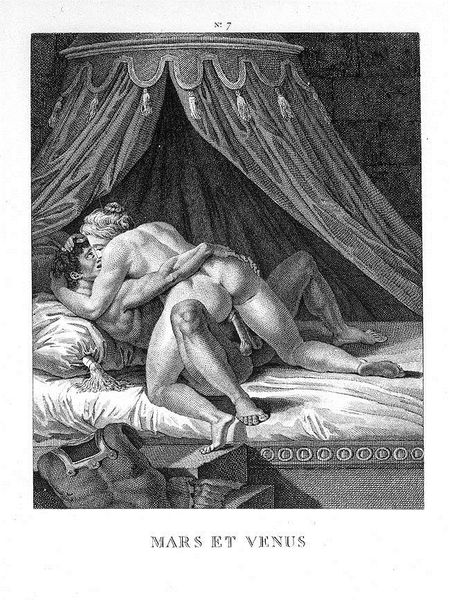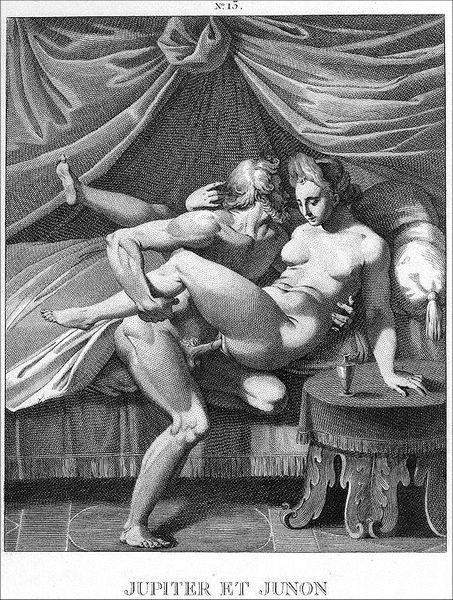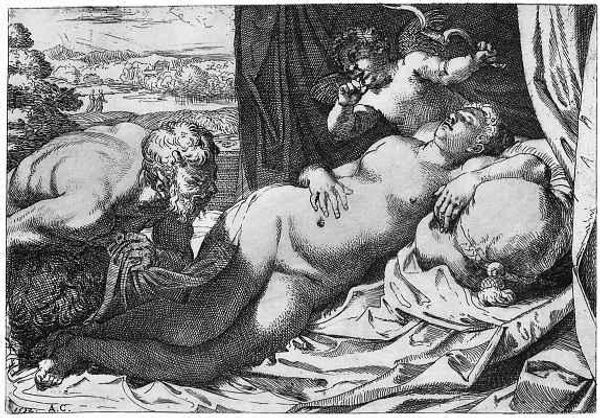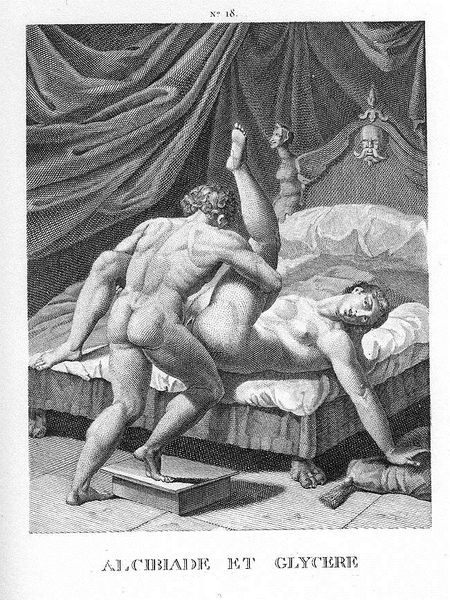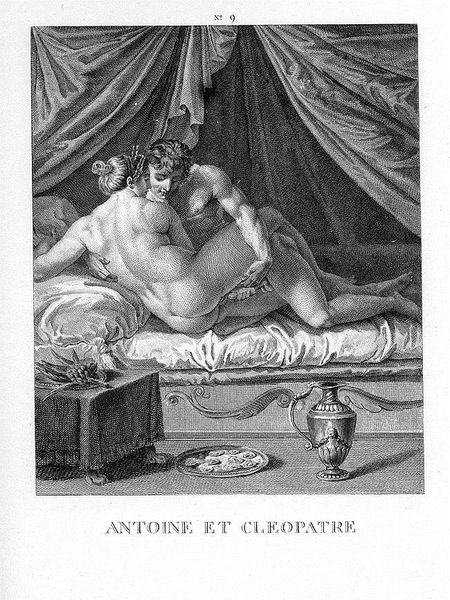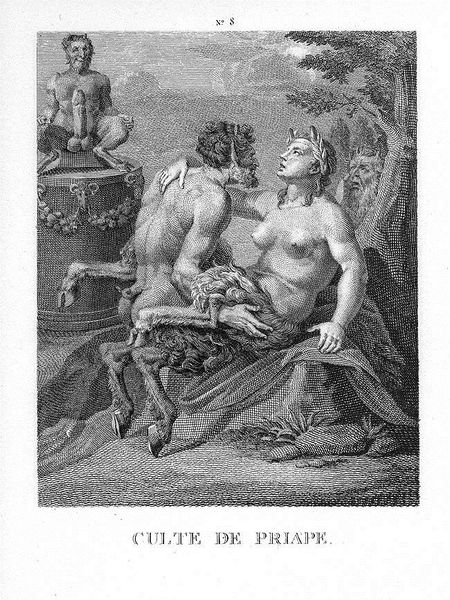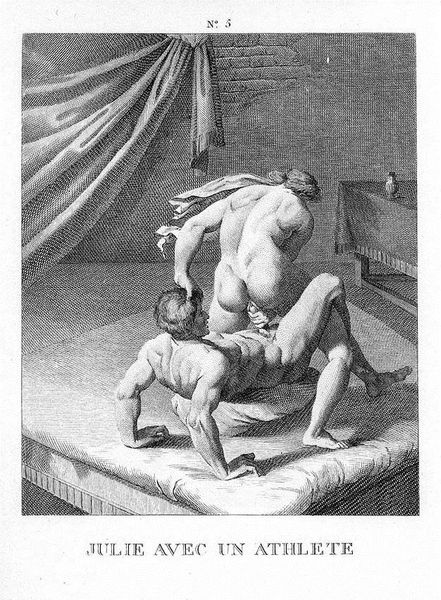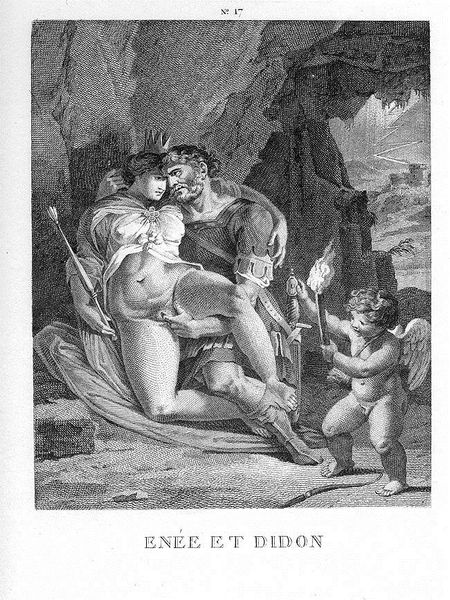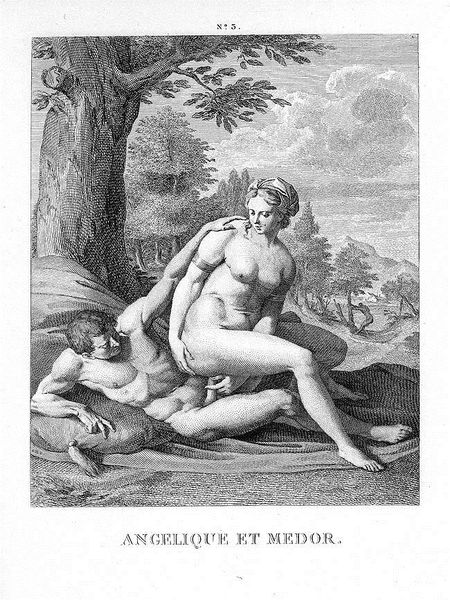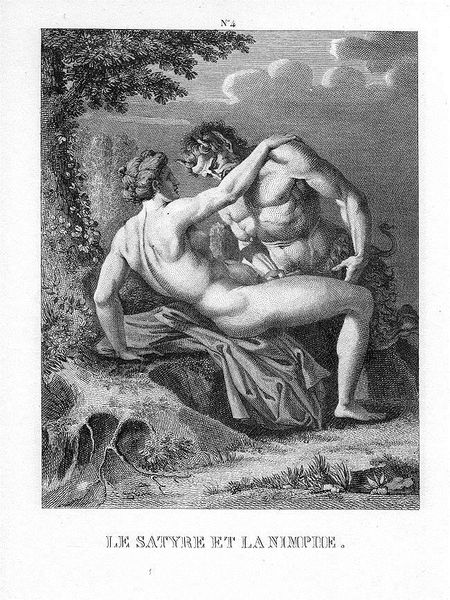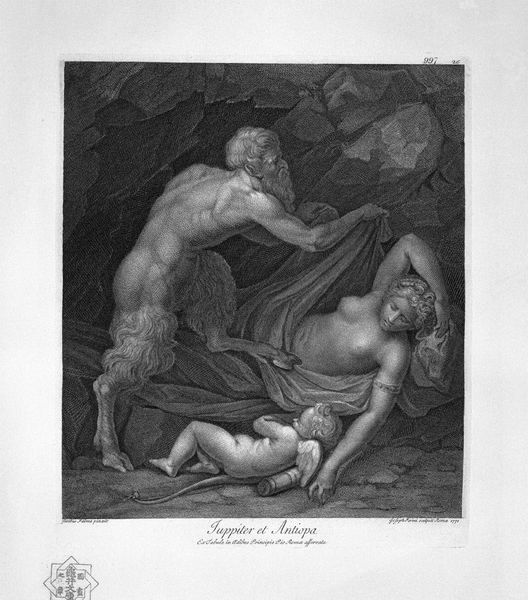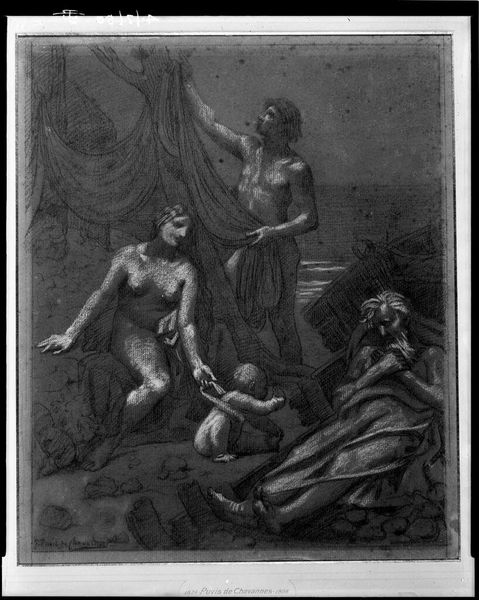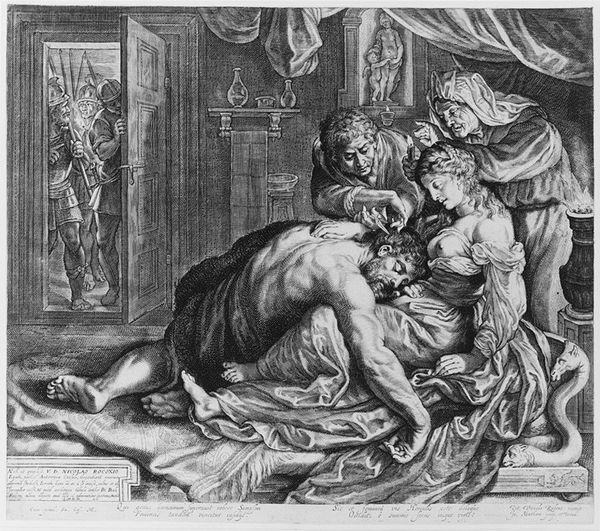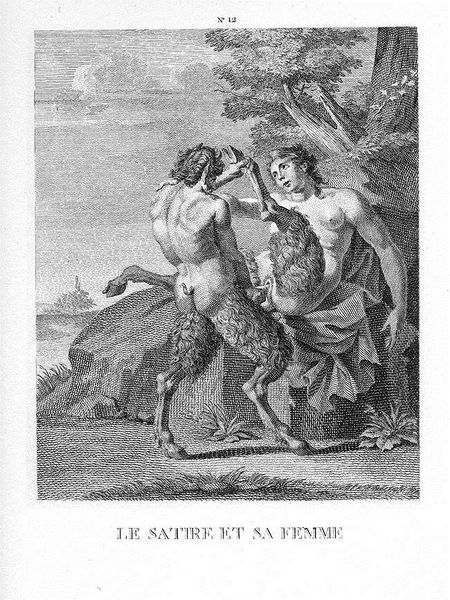
engraving
#
allegory
#
baroque
#
roman-mythology
#
history-painting
#
nude
#
engraving
#
erotic-art
Copyright: Public domain
Curator: This engraving is titled "Pandora." It's an allegorical work by Agostino Carracci, demonstrating Baroque stylistic qualities, rich with elements from Roman mythology. The material reality of this artwork is as an engraving, likely produced for a wider audience, and participates in the commodification of classical themes during this period. Editor: Wow. It's… intense. The figures are so twisted, the composition crammed and feverish. Definitely evokes a sense of unveiling something dark and chaotic. Like ripping open a secret you immediately regret knowing. You know, the texture in this artwork adds to the mood – it seems that Carracci found a very expressive manner. Curator: The density of lines in the engraving—achieved through the deliberate and physically demanding process of carving into a metal plate—allows for intricate detail. Consider the social context: the engraving medium makes it possible to produce identical images to circulate around Europe and this process democratizes artistic expression making it available for an elite audience with disposable resources and income. How else could Carracci transmit Roman mythological imagery like this erotic presentation to audiences who lacked access to art education and culture in Italy? Editor: The bodies! The muscularity! It all feels so dramatic, almost performative. Like they're playing out a scene from a play, frozen in a moment of horrified discovery. Even that one figure hiding with the candlelight adds the aura of darkness to the narrative, it’s intriguing but scary, not something pleasant for sure! Curator: Carracci is manipulating existing social mores around seeing and believing. The physical labor of carving translates into the cultural labor of interpreting this piece—forcing viewers to grapple with themes of forbidden knowledge and consequence. What seems performative is rather calculated by its maker, its purpose it’s about power in a system controlled and ruled by rich families. Editor: I guess what gets me is that underlying feeling of loss, a pristine moment before chaos is unleashed, captured in excruciating detail. Curator: And this excruciating detail is accessible only through very demanding labour and a deliberate artistic production and economic context. Its aesthetic and intellectual power exists through processes that create power as the foundation to see, believe and feel that it's aesthetic and thought provoking. Editor: Food for thought, really…It hits harder now!
Comments
No comments
Be the first to comment and join the conversation on the ultimate creative platform.
